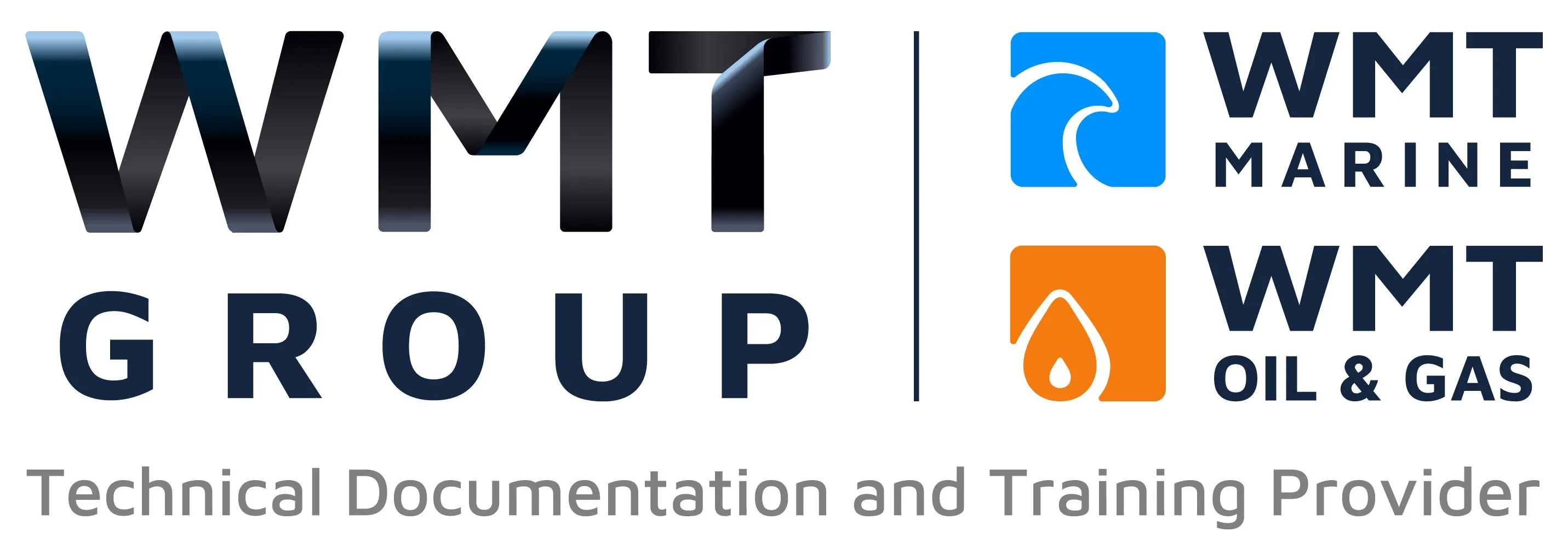The Importance of Maintenance Documentation in Preventing Maritime Accidents

In the maritime industry, where complex machinery operates in challenging conditions, proper maintenance is crucial for preventing accidents. Maintenance documentation plays a vital role in ensuring that vessels are regularly serviced and inspected, reducing the risk of equipment failure and improving overall safety at sea.
1. Tracking Equipment Performance
Maintenance logs allow crews to track the performance and condition of key equipment, from engines to navigation systems. By keeping detailed records of repairs, inspections, and performance checks, operators can identify patterns of wear and address potential issues before they escalate into serious problems. This proactive approach helps prevent accidents caused by equipment failure.
2. Scheduling Preventive Maintenance
Maintenance documentation includes schedules for preventive maintenance, ensuring that all critical equipment is regularly serviced. This proactive maintenance reduces the risk of breakdowns that could endanger the crew or cause costly operational delays. Preventive maintenance also extends the lifespan of equipment, reducing long-term costs for marine operators.
3. Compliance with Safety Standards
Many safety regulations require vessels to keep accurate maintenance records to demonstrate that all equipment is in good working order. Proper documentation ensures compliance with maritime safety standards, helping companies avoid penalties and ensuring that their vessels are safe to operate.
4. Reducing Human Error
Clear maintenance documentation helps reduce human error during repairs and inspections. By providing detailed instructions, crews can perform maintenance tasks correctly and safely, preventing mistakes that could lead to equipment failure or accidents.
Conclusion:
Maintenance documentation is essential for preventing accidents at sea by ensuring that equipment is regularly serviced and that repairs are conducted correctly. Keeping detailed records helps improve safety, extend equipment life, and ensure compliance with safety standards.
